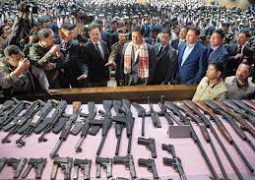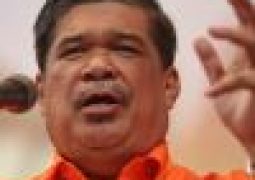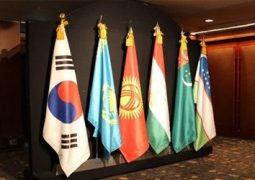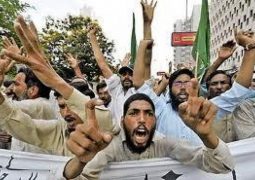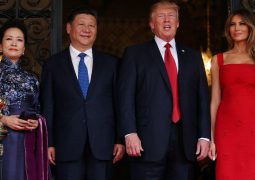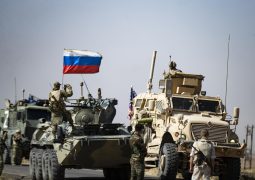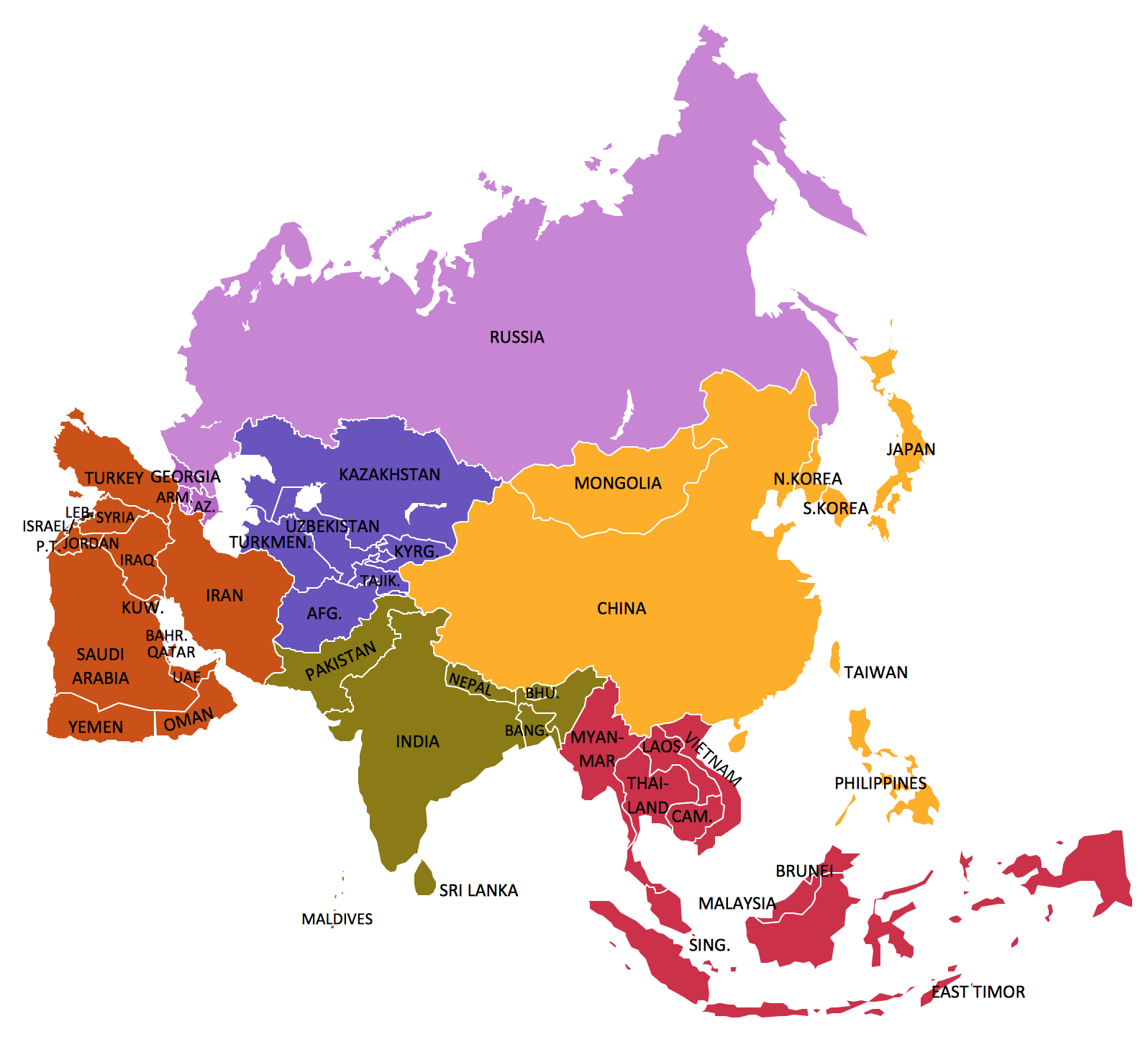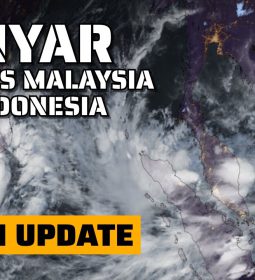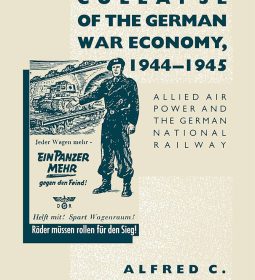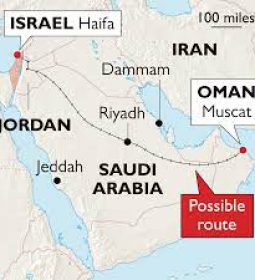India and Israel lose their US-backed dominance in Asia
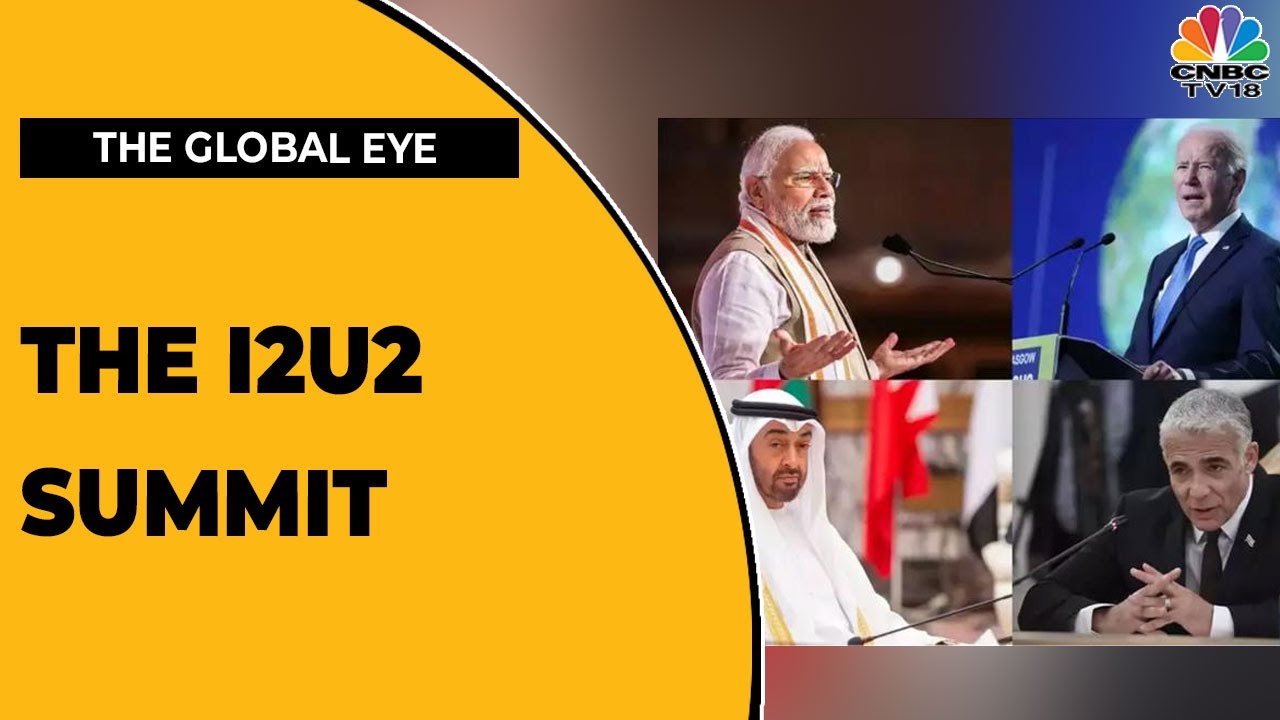
Perceptions matter. In recent military clashes, through calibrated military and diplomatic maneuvers, Islamabad and Tehran have upended Tel Aviv and New Delhi’s narrative of invincibility and ruptured Washington’s preferred balance of power in Asia.

By F M Shakil
 Photo Credit: The Cradle
Photo Credit: The CradleWhen US President Donald Trump ushered in his second term in January, New Delhi was optimistic about its relationship with Washington. Indian Prime Minister Narendra Modi was among four global leaders to arrive in the US capital for the inauguration ceremony. Modi was eager to extend a warm welcome for the inaugural Quad Summit later in the year, aligning with Trump’s planned visit to India.
At the time, the Americans viewed India as a trusted ally in South Asia, capable of protecting US interests and posing a formidable challenge to China. However, the 100-hour Pakistan–India standoff in May quickly dashed these expectations. Trump claimed to have helped broker the ceasefire, a claim New Delhi vehemently denied, which further strained mutual trust.
Tensions have only escalated since then. Washington’s tilt toward Islamabad became increasingly apparent with the hosting of Pakistan’s army chief at the White House in June, brokering of a cryptocurrency deal, a reduction in tariffs on Pakistani exports from 29 to 19 percent, and an oil agreement that enabled Pakistan’s largest refiner, Cnergyico, to import one million barrels from Vitol in October.
The US position grew even more embarrassing for India when Trump imposed a 25 percent tariff in response to the country’s dealings with Russia. New Delhi, heavily reliant on Moscow for military equipment, saw further pressure when Trump announced a 200 percent tax on Indian pharmaceutical imports and a 10 percent tax on BRICS member states for their so-called “anti-American” antics.
Washington’s policy shift is occurring at a time when two brief but important confrontations involving Iran and Israel, as well as India and Pakistan, have profoundly upset the US/western-dominated international order.
Cracks in the Atlanticist order
These policy shifts coincide with two brief but significant confrontations: between Iran and Israel, and between India and Pakistan. Both have shaken the foundations of the US-western-dominated international system. Speaking to The Cradle, Taiwan-based author and analyst, Dr Ghulam Ali observes:
“The global power dynamics were fundamentally designed to advance and uphold western interests. However, over time, this transformation has illuminated the inherent vulnerabilities of the system and the contradictions within the west, particularly concerning its proclaimed moral principles. The truth is revealed not only through the pervasive silence surrounding criminal acts but also through the continued endorsement of the atrocities committed against the Palestinian people.”
The transient nature of these conflicts has led European and US observers to predict the unraveling of the established “rules-based” world order. This includes the rise of new global dynamics anchored in multilateralism and a multipolar system.
Nadeem F. Paracha, a top Pakistani analyst and weekly columnist for Dawn, noted on 20 July that western powers still cling to a post-WWII framework even as the ground beneath them shifts. In April, the EU’s top diplomat, Kaja Kallas, remarked that the international order is evolving at a pace not seen since 1945.
But Dr Ali notes that while the world’s structural foundation is falling apart, the larger problem is the absence of a clear alternative model:
“The dynamics of global politics are fundamentally shaped by the tangible influence of military capabilities and the strategic partnerships formed through military alliances. China, often viewed as a counterbalance to western dominance, possesses an intrinsic aversion to military coalitions. China, as a matter of policy, refrains from establishing camps or engaging in military alliances.”
China’s subtle muscle in West and South Asia
Iranian President Masoud Pezeshkian’s visit to Pakistan over the weekend marked his first official visit to the country. Iran’s head of state was received by Prime Minister Shehbaz Sharif in Islamabad. Over two days, the two sides signed 12 cooperation agreements spanning trade, energy, transit, culture, agriculture, and border security.
Pezeshkian also met with President Asif Ali Zardari and visited Lahore, where he paid his respects at the tomb of Allama Iqbal, the philosopher-poet widely regarded as the ideological father of Pakistan, who also wrote extensively in Persian.
The trip reaffirmed support for Iran’s peaceful nuclear program and its brief war against Israel. The optics and timing of the visit have added to the growing perception that New Delhi and Tel Aviv, once styled as regional enforcers and hegemons, have been tactically and diplomatically checked by Islamabad and Tehran.

India was backed as a strategic stronghold to offset China, while the occupation state was empowered to weaken Iran and its allies in the Axis of Resistance.
But did China significantly contribute to countering the hegemonic ambitions of India and Israel? Did its advanced jet fighters and satellite positioning systems offer Islamabad and Tehran a critical edge against their technologically superior adversaries?
Beijing’s role became apparent during the 100-hour conflict in May when Pakistan claimed to have downed five Indian aircraft – three Rafale jets, a MiG-29, and a Su-30. General Sahir Shamshad Mirza, Chairman of Pakistan’s Joint Chiefs of Staff Committee, said these victories were heavily aided by Chinese-manufactured JF-17 and J-10C jets and PL-15 missiles.

Linggong Kong, a PhD candidate at Auburn University specializing in China’s grand strategy, tells The Cradle:
“I believe Chinese technologies played a major role in strengthening the positions of Iran and Pakistan against their adversaries, but the degree of this support varies between the two countries.”
According to Kong, China’s support during Pakistan’s clash with India was more significant, rooted in their “all-weather strategic partnership” and historical military cooperation.
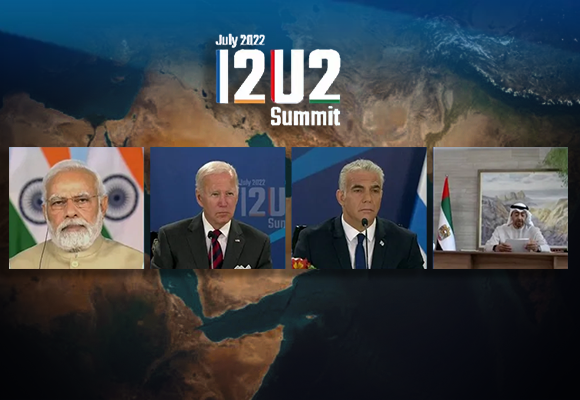
By contrast, China’s engagement in the Iran–Israel conflict was more limited and not visibly apparent. Beijing’s support to Iran has primarily been economic – oil purchases, trade deals, and infrastructure investment. That said, Kong claims that after the 12-day flare-up, China did provide Iran with surface-to-air missile batteries in exchange for crude oil, citing media sources.
While Iranian media offered broad coverage of the recent escalation with Israel, it did not specify the nature of Chinese military support. Notably, Iranian outlets avoided confirming Beijing’s involvement during the conflict.
On 8 July, the Chinese embassy in Israel released a statement contradicting a report the day before by Middle East Eye (MEE) that cited an unnamed Arab intelligence source claiming Iran had received the HQ-9B long-range missile system. The embassy told Israel Hayom that the report was “incorrect.”
Weapon sales vs diplomatic influence
US-backed media continues to present China as a primary arms provider to states confronting western allies. It credits Beijing with facilitating Pakistan’s air superiority and Iran’s military strikes on Tel Aviv’s installations.

Yet, recent Statista data reveals the US remains the world’s leading arms exporter, commanding 43 percent of the global market. In contrast, China’s 5.9 percent share is concentrated mainly in Asia, supplying countries like Pakistan, Bangladesh, and Myanmar.
Senior analysts say China’s involvement with Pakistan and Iran should be understood within a diplomatic context. For decades, Beijing has armed Pakistan, largely because Islamabad lacks the resources to buy US-made weaponry.
“The notion of China extending specific military assistance to Pakistan or Iran to undermine US interests in the region or elsewhere is beyond my understanding. China is unlikely to adopt a position that would place it in direct opposition to the US. The primary focus of China has consistently been on ensuring both domestic and regional stability,” Dr Ali says.
He adds that China is steadily expanding its role through diplomacy and mediation, though it remains unlikely – for now, at least – to take a confrontational path.
Despite this restraint, Beijing’s growing presence, via arms, infrastructure, and alliances, is recalibrating the region’s balance of power, disrupting the dominance once enjoyed by Washington’s chosen proxies.
- Previous Arab states court Syria’s Sharaa, but few trust his Al-Qaeda-linked, Turkish puppet rule
- Next Hidden agenda of the phantom corridor: Imagining Zangezur to strike at Russia, Iran




